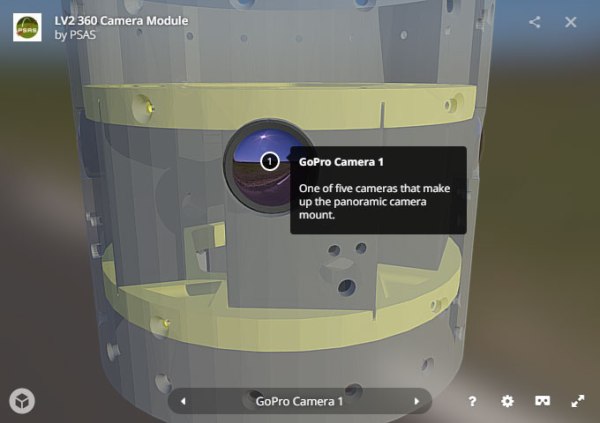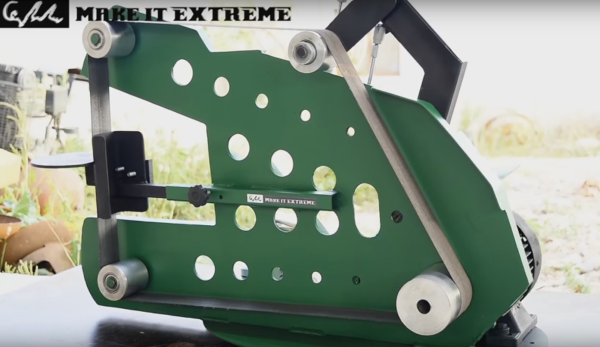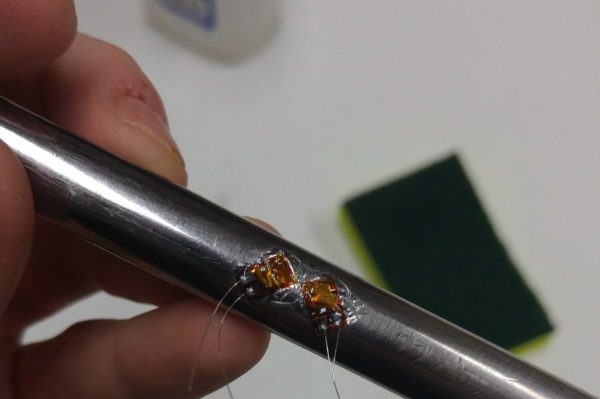Space. The final 360-degree frontier. These are the voyages of the Portland State Aerospace Society (PSAS), whose ongoing mission is to seek out new civilizations and launch rockets at them. For their latest adventure, they stuck a 360-degree video camera into their rocket. The resulting video is spectacular, from the pre-launch drama of an attack by a giant bee to the parachute release. It also works in Google Cardboard or Oculus Rift through the YouTube viewer.
The 360-degree video was made from video captured by five GoPro cameras stuck inside a custom-built module mounted inside the rocket body, then stitched together by PTGUI for the final video. The PSAS has been building modular rockets for some time, and this camera was mounted on their LV2 model. In this flight, the rocket reached an altitude of 4.7km (about 3 miles high), reaching a peak velocity of about 350 meters per second. That’s a pretty impressive height and speed, and you definitely get a good feeling for the dramatic climb of the rocket as it zooms up. This is some impressive stuff from a group of serious rocketeers who are boldly going where nobody has gone before…
Continue reading “First 360-degree Video From An Amateur Rocket?”















